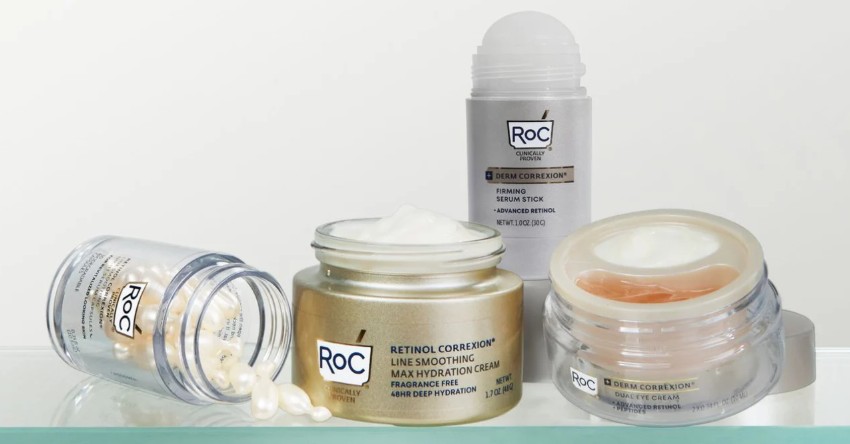Whether a marketer is initiating a contact strategy program for the first time or trying to find ways to improve an existing program, the thought process can be both overwhelming and paralyzing. Here’s a checklist of elements to consider.
* The executive summary lists the key elements of a promotion, including the financials (circulation and expected revenue, average order, response rate and total cost). It lists which products are being promoted and in what media, as well as whether the promotion is targeted to prospects or customers and, if to customers, whether it is a cross-sell or upsell effort.
* Create a background to put why you are doing this promotion into context. Usually five or six key points will help to highlight recent trends and developments as well as strategic issues, major opportunities and previous research findings.
* The three or four quantifiable and measurable objectives of the promotion-such as reducing fulfillment costs or testing new approaches-should be outlined.
* Clearly define the target audience according to two key perspectives: the prime prospect’s behavior, demographic and attitudinal dimensions; and current perceptions about your brand and your product category or service.
* Look at the competitive frame-compare the features and benefits of your product or service with your key competition. What are your competitive strengths and weaknesses? Do you offer more channel choices, better service options and higher levels of customer satisfaction? It is sometimes helpful to also include a review of your competitive set’s communication materials to add further insight.
* Define your selling strategy and your prime prospect’s desired perception. Given how you define the target audience, its current perception and your competitive frame, determine the key need or want that your product or service can really satisfy, and how the “promise” of satisfying this need should be positioned to the prime prospect. Then outline the prime prospect’s reaction after seeing or hearing your promotion and learning about your product and offer. If the materials are well executed, the lasting impression from these materials should mirror your selling strategy.
* Clarify the offer and identify exactly what action you want the prime prospect to take.
* Identify the supportive evidence for the promise/offer. What are the substantiated facts you should use to persuade the prime prospect of your advantage? For example, are you truly better, supported by money-back guarantees, rated No. 1 in customer satisfaction according to a national survey, etc.?
* Set the tone and manner that are the best way to address your segment. Specify if you should do so with authority, as a friend, matter-of-factly, seriously, humorously or warmly.
* Don’t forget to list the mandatories and constraints-the “legal musts” regarding product or service claims and compliance issues. Are there corporate mandates regarding trademarks, type size, only certain kinds of product shots?
For example, specify whether photos should have captions or that testimonials can be used. Insurance companies often list the payment methods, paymentmodes and riders that must accompany some products in certain states. This is the place to highlight all the corporate regulations and product requirements that must be followed by all parties involved.
* Make a note of the production highlights-the key considerations regarding printing and lettershop requirements. This includes minimum quantities for press run economies; timetable issues and options to ensure that deadlines and financial goals are achieved; which pieces need to be personalized; and where the key code will be and how it will be captured so the responses can be properly attributed.
* Highlight the key media factors involved in this promotion. If phone, figure out how you are going to handle wrong numbers and if you want to speak to only one specific person in the customer household. If mail, determine if you plan on mailing bulk rate or first class, and whether you’re willing to bundle with other mailers.
* Any issues regarding changes in customer service and fulfillment need to be outlined. The point here is that when the responses start coming in, it’s important that everyone who will be involved in either speaking with customers or processing responses knows what they are supposed to do, and have been trained to do it.
* Keep track of timing and key dates for all the steps in your production process. This includes when concepts will be ready; when detailed layouts and headlines will be available; when the final package is complete; how long after final approval materials should be ready for printing; when materials will arrive at the lettershop and how long insertions will take; when packages will be delivered to the USPS; in-home dates; first response/order dates, when half of responses will be in and what the cutoff date is for the promotion; and when initial and final results will be available.
 Network
Network

